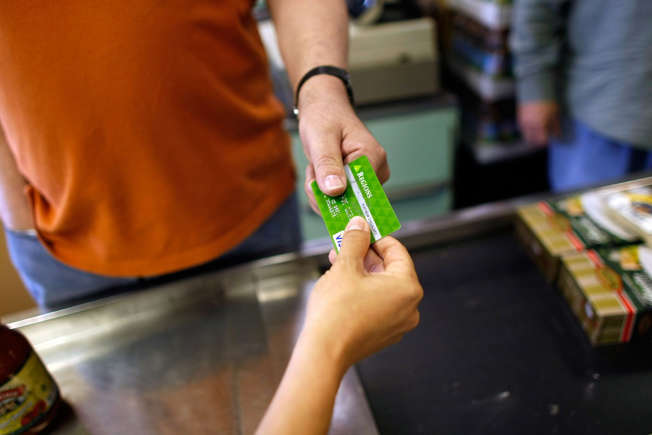Tax season is upon us once again, and it’s time to get organized for filing your 2023 tax return. Whether you’re a seasoned pro or a first-time filer, here’s a checklist to help you navigate the process with confidence:
Gather Your Personal Information
Before diving into the paperwork, make sure you have the following details handy:
- Social Insurance Numbers (SIN): Collect SINs for yourself, your spouse, and any dependents.
- Dates of Birth: Note down the birthdates of family members.
- Net Income Amounts: Gather net income figures for your spouse and dependents, especially if you’re claiming credits like the Canada Caregiver Amount.
- Installment Payments: Keep track of any payments made to the Canada Revenue Agency (CRA) throughout the year.
- Notice of Assessments: Retrieve last year’s assessments from the CRA.
- NETFILE Access Code: If you’re e-filing, you’ll need this code.
Income Slips
Depending on your sources of income, you’ll need to complete the relevant forms:
- Employment Income (T4): If you’re employed, gather your T4 statement.
- Self-Employment Income (T2125): For freelancers and business owners, complete the T2125 form.
- Investment Income (T5 and T3): Collect statements related to investments.
- Retirement Income (T4A, T4A (P), T4A (OAS), T4RSP, T4RIF): If you’re retired, these forms are essential.
- Social Benefits (T4E, T5007): Don’t forget benefits received during the year.
CRA My Account
If you haven’t already, sign up for CRA My Account. It streamlines the process and ensures accuracy.
Remember, the deadline for most Canadians to file their 2023 tax return is April 30, 2023. If you’re mailing your return, make sure it’s postmarked on or before May 1, 2023.



Comments
Post a Comment